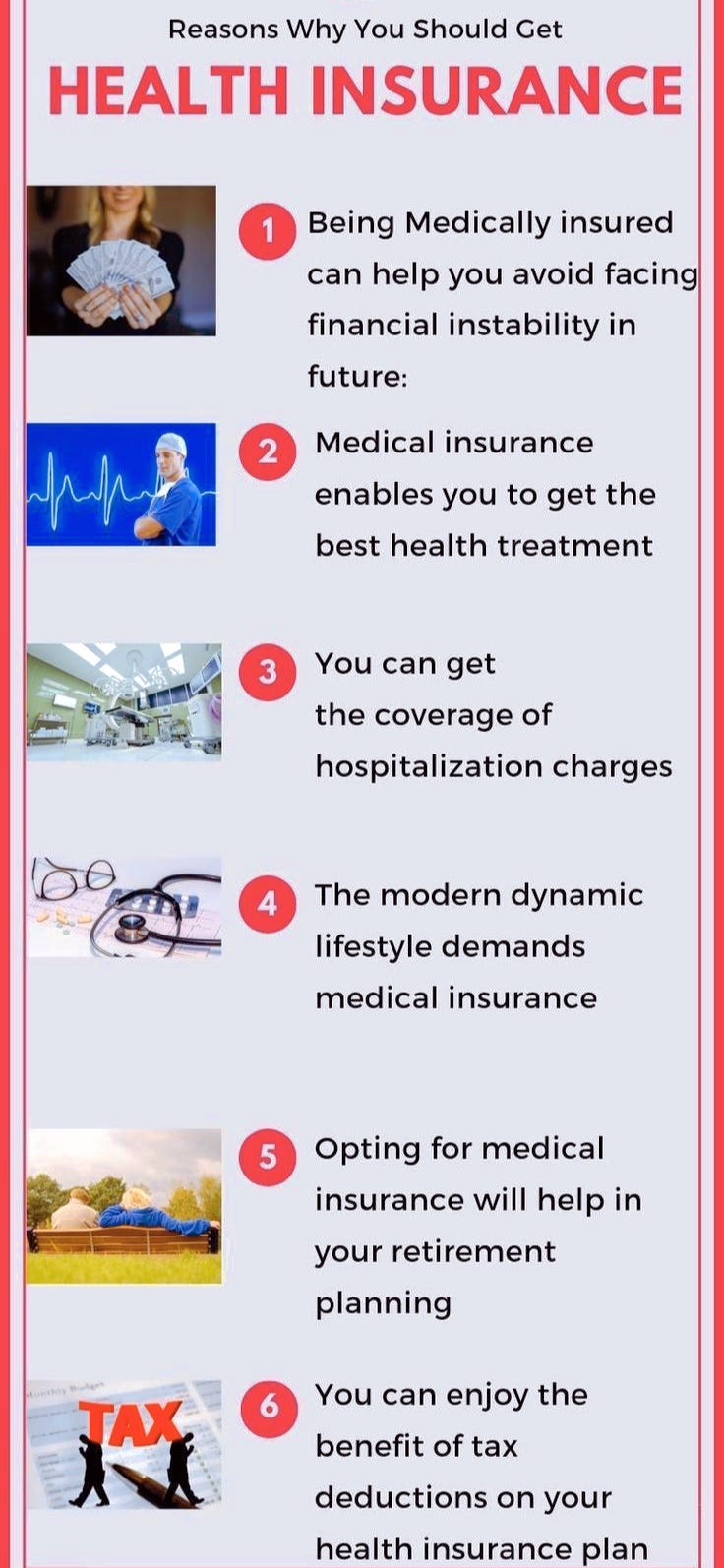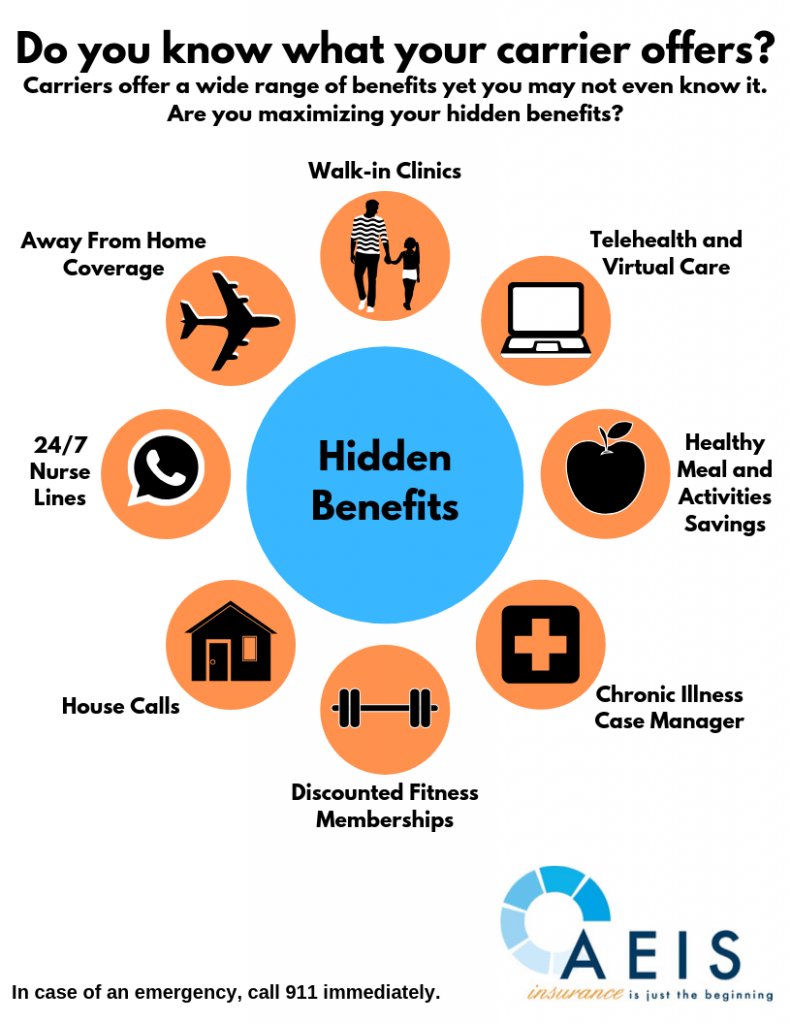The 6-Minute Rule for Medicare Advantage Agent
Table of ContentsOur Medicare Advantage Agent StatementsMedicare Advantage Agent Fundamentals ExplainedThe Basic Principles Of Medicare Advantage Agent

complies with from confusing the reasonably young age profile of the without insurance with the better wellness, generally, of more youthful persons. This covers the link in between health standing and health and wellness insurance. For those without accessibility to office health and wellness insurance, bad health is a potential obstacle to purchasing nongroup protection due to the fact that such protection might be highly priced, leave out preexisting problems, or be merely not available. The variety of without insurance Americans is not especially large and has not altered in the last few years. Seven out of 10 respondents in a nationally representative survey assumed that fewer Americans lacked medical insurance than in fact do(Fronstin, 1998). About half(47 percent )believed that the number of individuals without medical insurance reduced or continued to be constant over the latter half of the last decade(Blendon et al., 1999). This decrease of virtually 2 million in the variety of people 'without insurance (a reduction
of about 4 percent)is definitely a favorable adjustment. With a softer economic climate in 2000 the most up to date reported gains in insurance coverage may not continue(Fronstin, 2001 ). The decrease in the variety of without insurance will certainly not proceed if the economic situation remains slow and healthcare expenses remain to surpass rising cost of living. This is since the information were gathered for a period of strong economic performance. Of the estimated 42 million people that were without insurance, almost concerning 420,000(regarding 1 percent)were under 65 years old, the age at which most Americans end up being eligible for Medicare; 32 million were adults in between ages 18 and 65, around 19 percent of all adults in this age; and 10 million were kids under 18 years of age, about 13.9 percent of all children (Mills, 2000). These estimates of the variety of individuals without insurance are produced from the annual March Supplement to the Current Populace Study (CPS), performed by the Demographics Bureau. Unless or else noted, national price quotes of individuals without medical insurance and proportions of the population with various kinds of protection are based on the CPS, one of the most extensively utilized source of price quotes of insurance policy coverage and uninsurance prices. These studies and the estimates they yield are defined briefly in Table B. 1 in Appendix B - Medicare Advantage Agent. These studies differ in dimension and sampling approaches, the concerns that are inquired about insurance
An Unbiased View of Medicare Advantage Agent
coverage, and the time duration over which insurance policy protection or uninsurance is gauged(Lewis et al., 1998, Fronstin, 2000a ). Still, the CPS is particularly valuable because it creates yearly estimates fairly quickly, reporting the previous year's insurance protection approximates each September, and because it is the basis for a constant collection of estimates for greater than twenty years, permitting for analysis of trends in protection over time.

Getting The Medicare Advantage Agent To Work
Over a three-year duration beginning early in 1993, 72 million individuals, 29 percent of the U.S. populace, were without coverage for a minimum of one month. Within a single year(1994), 53 million individuals experienced a minimum of a month without protection(Bennefield, 1998a). Six out of every ten without insurance adults are themselves utilized. Although working does enhance the likelihood that and one's member of the family will have insurance policy, it is not an assurance. Even participants of families with 2 permanent breadwinner have virtually a one-in-ten opportunity of being uninsured (9.1 percent without insurance rate)(Hoffman and Pohl, 2000 ). The partnership between medical insurance and access to care is well established, as recorded later on in this chapter. Although the connection in between health insurance coverage and wellness outcomes is neither direct neither straightforward, a substantial clinical and health solutions study literature links health and wellness insurance policy protection
to better access to care, better high quality, and boosted individual and populace health status. The second record, on personal health and wellness results for uninsured adults, is stood for by the inner circle of the figure, while the third record, on family members wellness, encompasses the subjects of the 2nd report but emphasizes a various system of analysis, particularly, the family. The 6th report in the collection will certainly present information concerning strategies and campaigns embarked on locally, statewide, or across the country to address the lack of insurance policy and its damaging impacts. Degrees of analysis for analyzing the effects of uninsurance. This conversation of health and wellness insurance protection focuses largely on the U.S. populace under age 65 their website since virtually all Americans 65 and older have Medicare or various other public coverage.
It focuses particularly on those without any type of wellness insurance policy for any kind of size of time. The troubles encountered by the underinsured remain in some areas comparable to those encountered by the without insurance, although they are usually much less extreme. Uninsurance and underinsurance, nevertheless, include clearly various plan problems, and the techniques for addressing them may differ. Throughout this research and the 5 records to comply with, the primary focus is on individuals without medical insurance and therefore no support in paying for health treatment beyond what is offered via charity and security web establishments. Medical insurance is a powerful factor influencing invoice of care due to the fact that both people and physicians react to the out-of-pocket cost of services. Medical insurance, nevertheless, is neither required neither enough to access to medical solutions. Nevertheless, the independent and direct result of health and wellness
insurance protection on access to health services is well developed. Others will acquire the healthcare they need also without wellness insurance coverage, by spending for it expense or seeking it from service providers that provide treatment free or at very subsidized rates. For still others, medical insurance alone does not guarantee invoice of care since of various other nonfinancial barriers, such as a lack of wellness treatment companies in their area, limited accessibility to transport, illiteracy, or linguistic and social distinctions. Official study about without insurance populaces in the United States dates to the late 1920s and very early 1930s when the Committee on the Cost of Treatment produced a collection of records about financing doctor workplace check outs and hospital stays. This issue ended up being prominent as the varieties of clinically indigent climbed up during the Great Clinical depression. Empirical studies constantly sustain the web link between access to care and boosted wellness results(Bindman et al., 1995; Starfield, 1995 ). Having a normal source of care can be thought about a forecaster of access, instead of a direct procedure of it, when health and wellness results are themselves utilized as access signs. This extension of the concept of accessibility dimension was made by the IOM Board on Keeping An Eye On Accessibility to Personal Healthcare Provider(Millman, 1993, p. Whether or not parents are insured shows up to influence whether their kids get care in addition to exactly how much careeven if the children themselves have protection(Hanson, 1998). The health of Discover More parents can affect their capacity to care for their kids and the level of family tension. Bothering with their kids's access to care is itself a source of stress for moms and dads. Three phases adhere to in this record. Chapter 2 provides an overview of just how employment-based health and wellness insurance policy, public programs and private insurance coverage run and engage to offer extensive yet insufficient protection of the U.S. population. This consists of an evaluation of historical patterns and public policies affecting both public and personal insurance coverage, a conversation of the communications among the different kinds of insurance policy, and an examination of why people relocate from one program to one more or wind up
:max_bytes(150000):strip_icc()/types-of-employee-benefits-and-perks-2060433-Final-edit-60cedb43c4014fdeb51aa3cd3c25f027.jpg)